Shoe size conversion from Europe to North America is a really tricky issue and an especially important one for anyone who shops online. How will we know that the shoe will fit? That’s part of the reason why most major online retailers have free returns. Because you never know. The size charts are given with the disclaimer that the conversions are “approximate”. Well, as an avid online shopper I have been confronted with this issue many times. It will not really go away until the countries involved agree on one conversion method. As this is not likely to happen, we have to rely on personal experience, the retailers themselves (YOOX does tell you, for example, if a brand tends to fit small or large for the size indicated, so that you order up or down a size, accordingly) and on the blogosphere, of course.

What I’ve realized is that, generally, European sizing can mean either French or Italian (true to form, the UK has has its own distinct system). There is also German sizing, but it tends to agree with the Italian.
Italian sizing makes the most intuitive sense for North Americans: size 8 US is 38 IT, 9 US is 39 IT, 9.5 US is 39.5 IT and so on. In French sizing we would have to order at least one size up. For example, I’m size 9.5 to 10 US. My French size would be 41.
The majority of Spanish companies use French sizing. Not surprising, since France is the #1 importer of Spanish shoes.
Castañer and Paloma Barceló, two Spanish brands I especially adore, are somewhere in between the French and Italian sizing. Some retailers indicate Italian sizing for them, as both companies are very popular in Italy. A pair of Castañer wedges I have are size 40 and they fit fine,

but my “Ann” flat Castañer espadrilles are size 41 – 40 would not have worked as well in their case.

Paloma Barceló peep-toe wedges that I bought from Net-a-Porter are size 41 and a good fit.

These awesome Paloma Barceló ankle boots are size 40. They work for me, but only just. Going for the size 41 would have been a safer bet. 
Then, there is also the width to think about. For example, my feet are on a wider side. Not Fred Flintstone wide, but pretty wide. Paloma Barceló works, but it’s borderline. The same is true for Castañer and Jose Saenz Shoes. Some Spanish companies, like Gaimo Espadrilles and RAS are definitely too narrow for me.
My espadrilles from The Espadrille Store are size 41 and so are my ballerina flats and boots by Pons Quintana – this is typical French sizing. 


Here is a shoe size conversion chart that seems to come the closest to the whole complicated truth:
![]()
Source: www.farfetch.com
Zappos has a very good shoe size measurement and conversion chart here. You have to keep in mind, though, that their “Euro” sizes are, basically, French, so they wouldn’t work as well for Italian or German shoes.
Happy shopping!


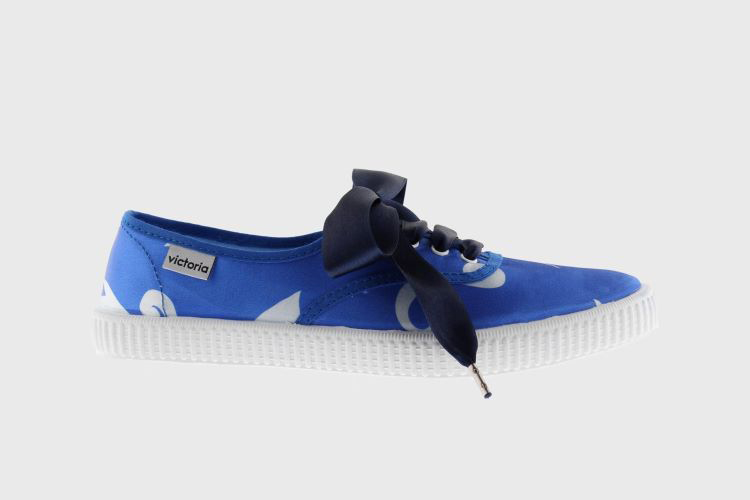
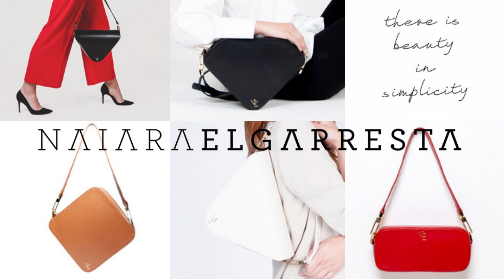
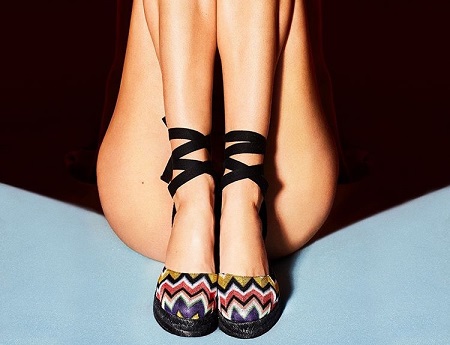
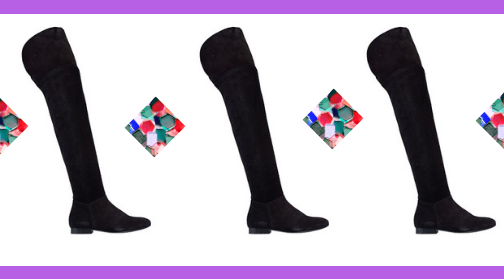
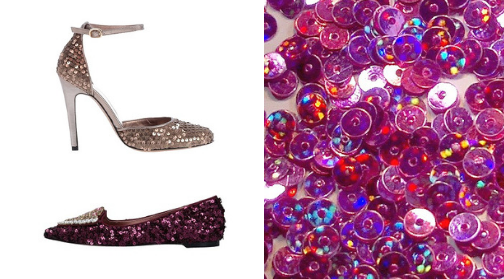

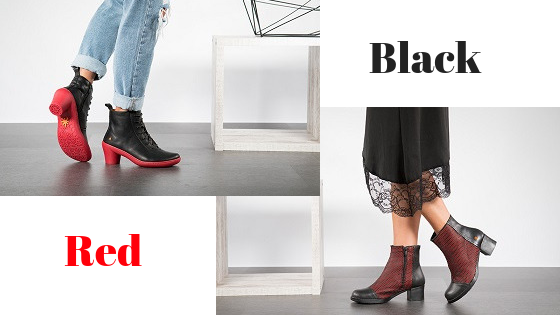
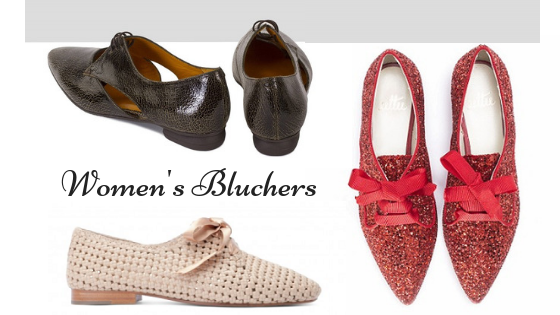
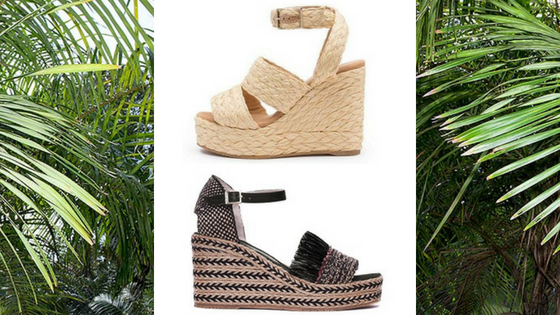
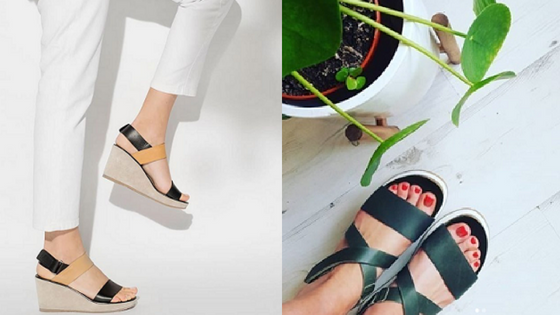


3 Responses
Actually it is very important a post like this. Before buying my shoes online I’ve checked at the charts (and measured personally) because the charts are not always accurate!! It is important to be super careful with it
The sandals are awesome!
http://dhariascloset.blogspot.com
I know! It’s not just that there are at least two different types of Euro sizing, but individual brands have their own. So it’s experience, really, that helps the most.